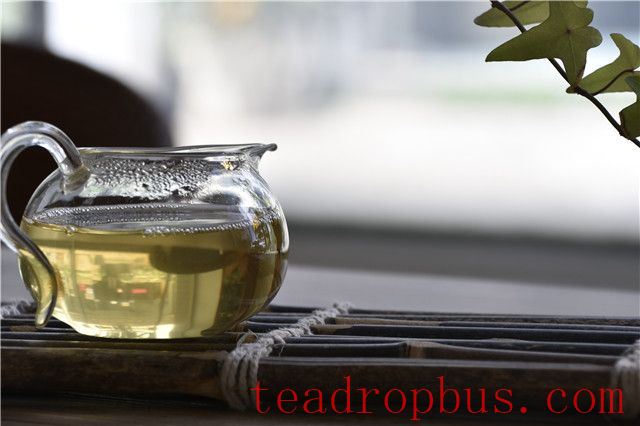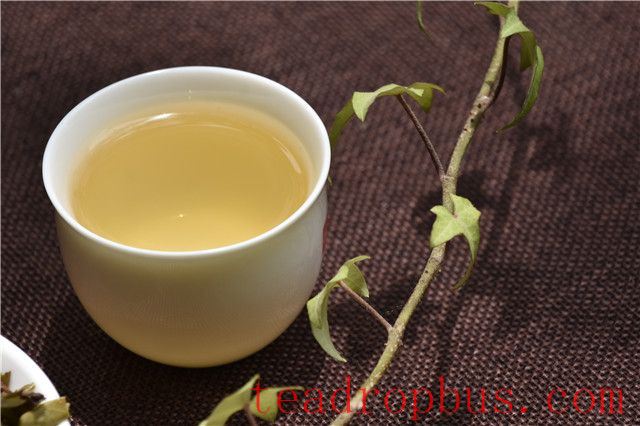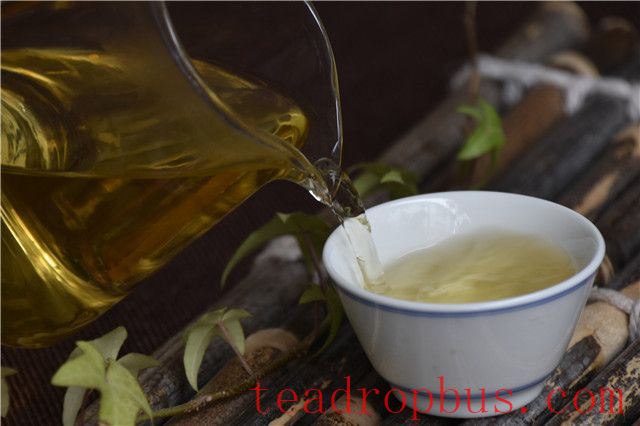As a newcomer, seeing seasoned Tea drinkers sip their tea might raise questions: why do they make such loud noises when taking a sip? Isn't this elegant Tea ceremony marred by such an unrefined way of drinking? Little do you know that these very actions help you better appreciate the flavors in the tea.
The judgment of tea quality largely depends on the mouth and throat. When tea liquor enters the mouth, how to suck it in and swallow it are skills in themselves. To put it simply, the act of Drinking Tea can be summarized in six words: “suck, press, rotate, inhale, swallow, and sigh.” However, explaining these six words is not as straightforward as it seems.

Suck: Normally, when we drink something, we slightly open our mouths and let the liquid “pour” into our mouths, then we swallow. This is a passive action. On the other hand, “sucking” is an active movement where you pucker your lips and create suction in your mouth to draw the liquid in. The sensation of the liquid against your lips is much more pronounced when you “suck” compared to when you “pour” it in.

“Press, rotate, and inhale” almost happen simultaneously. If you were to take a sip of scalding hot soup that you cannot spit out or swallow, you would instinctively perform a similar action.
One purpose of this action is to cool down the liquid. The closer the temperature of the liquid is to body temperature, the less the temperature will affect the perception of taste and touch. Another purpose is to disperse the tea liquor throughout the mouth so that different areas can react to it.
Swallow: This is the act of swallowing. The key point of this action is to relax the throat muscles while swallowing. A relaxed throat can more clearly perceive the tactile sensations brought by the tea liquor.

Sigh: Sighing, allowing carbon dioxide mixed with the tea liquor's aroma to be exhaled from both the mouth and nose simultaneously, so that the tea's scent can swirl and contact the olfactory receptors—only at this moment should one perceive the aroma within the tea liquor. Placing the discernment of aroma last ensures that it does not influence the senses of taste, touch, and smell.
Mastering these movements will make you a discerning tea drinker when you next enjoy a Cup of tea.